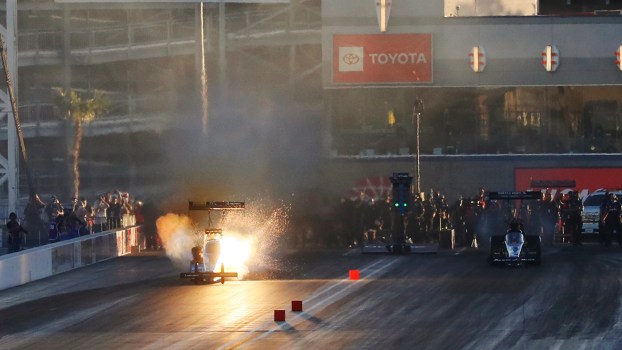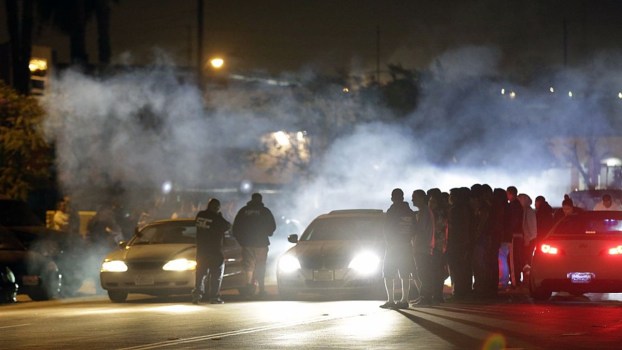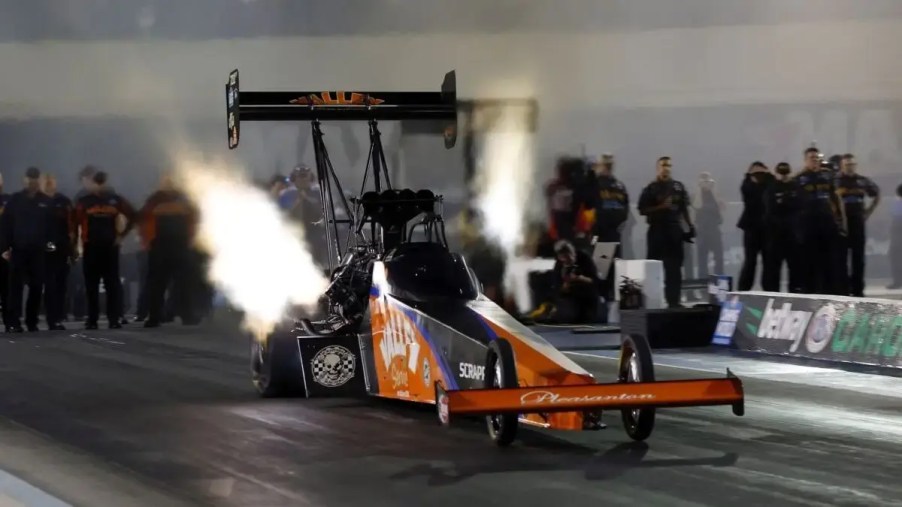
Verified 300 MPH Pass in Eighth-Mile: Does This Kill Quarter-Mile Drag Racing?
During qualifying for the 2023 National Hot Rod Association (NHRA) Carolina Nationals, San Jose’s Mike Salinas hit 300 mph racing at the 1/8th mile mark. He’s the first to hit this major milestone. Top speeds were mostly pushed to the side after NHRA went to 1,000 ft track lengths in 2008. But top speeds, first to 200 mph in the 1960s and 300 mph in the 1990s, always drew big crowds. Hitting this major and significant speed raises the question, “Will getting to 300 mph in one-eighth-mile be the beginning of the end of longer drag strips?
Why is 300 mph in 1/8th-mile such a big deal for drag racing?
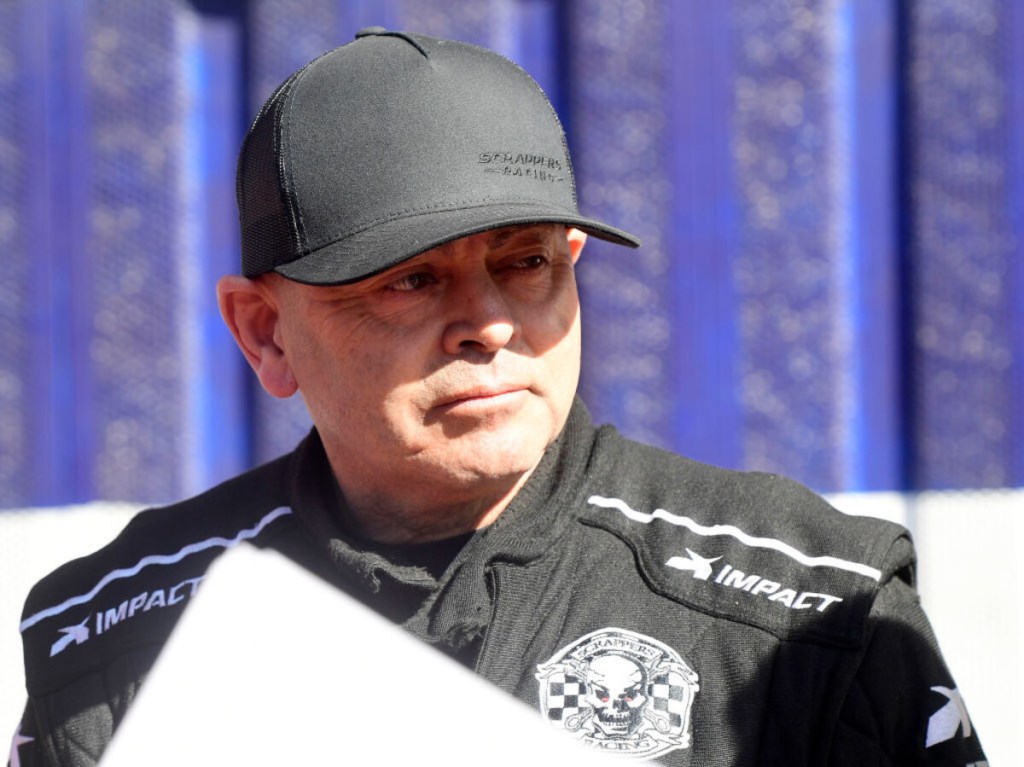
Whether spectators attend drag racing for the speed, elapsed times, sounds, or the spectacle of it all, speeds used to be a big deal. And really, they still are. Now, that 300 mpg is attainable in the eighth, which is “historic,” according to Racer. It stands up against speeds that were for decades unreachable in the quarter-mile. It was only in 1992 that Kenny Bernstein broke 300 at the NHRA Gator Nationals.
But the race to hit 400 mph in the quarter only lasted 15 years before the NHRA shortened the tracks to 1,000 ft. That magic 400 was never to be. A reaction to the death of racer Scott Kalitta, for years there were concerns over higher speeds essentially shortening shut down areas. Many of the tracks where dragsters went past 385 mph were built in the 1950s and 1960s when 200 mph was but a dream.
What is the advantage of 1/8th-mile drag strips?
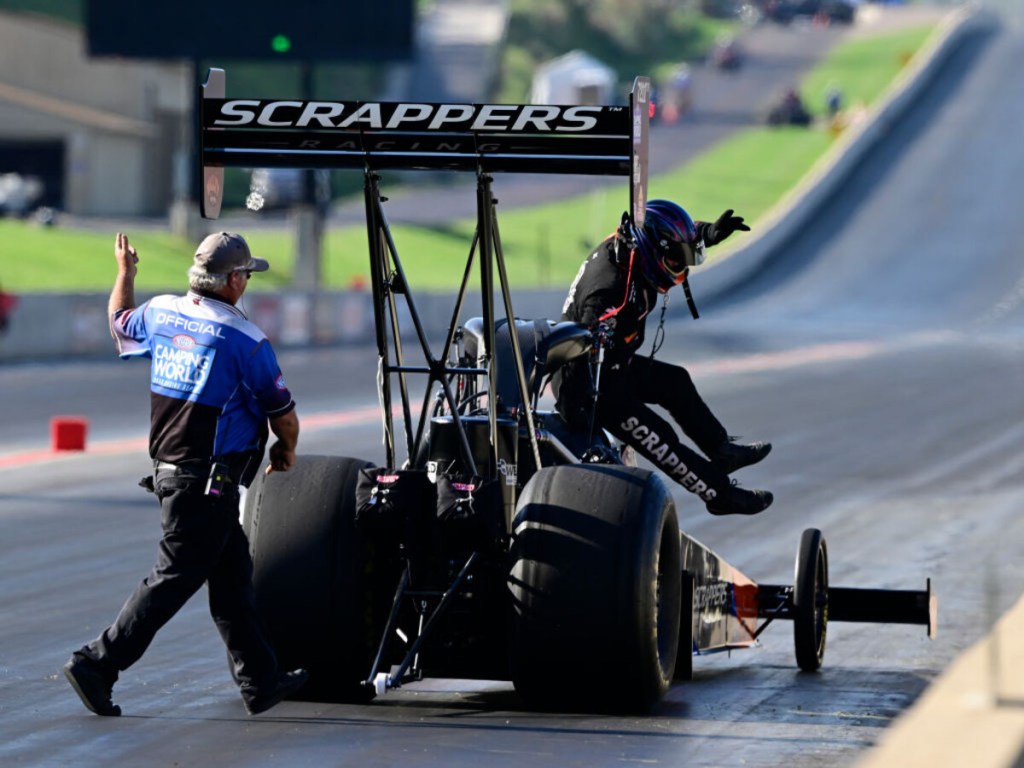
But another reaction has been the 1/8th-mile drag strip. With shorter strips come lower speeds. Lower speeds can take shorter shutdown areas, so less valuable land is necessary to accommodate a venue. Not to mention, it is also easier on equipment, which gets more ridiculous with the ever-increasing prices and specialization.
Let’s be honest, eighth-mile strips lack the sensation of a quarter-mile pass. But that was before this week when Salinas hit 300 mph in that short distance. That in itself is quite a spectacle any drag racing enthusiast wants to see. All of these realities set the stage for eliminating the few quarter-mile strips that are left in this country.
Drag strips are evaporating rapidly
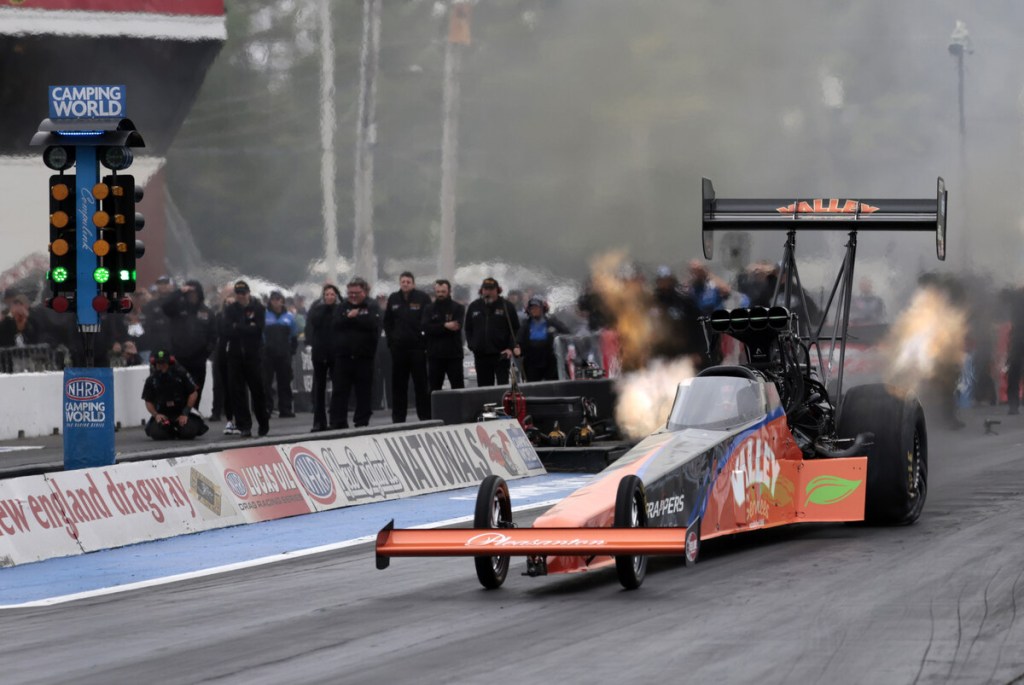
Love it or not, safety issues, sky-high costs, land values, and loss of one drag strip after another are killing drag racing. Going to eighth-mile tracks helps stanch the bleeding. It opens up the ability for more tracks and more racers to afford to participate. And the 300 mph spectacle has sweetened the pot for an eighth-mile salvation.
Those of us of an older generation will never forget those glory days. The front-engine Top Fuelers, Altereds, Gassers, and Funny Cars with injected Hemis. But you know what? None of them compete, they’re all obsolete and gone. Things are changing, and not for the better. Maybe this 300 mph launch in one-eighth mile could fuel a shift that saves the sport and keeps drag racing enthusiasts coming, both old and new.
